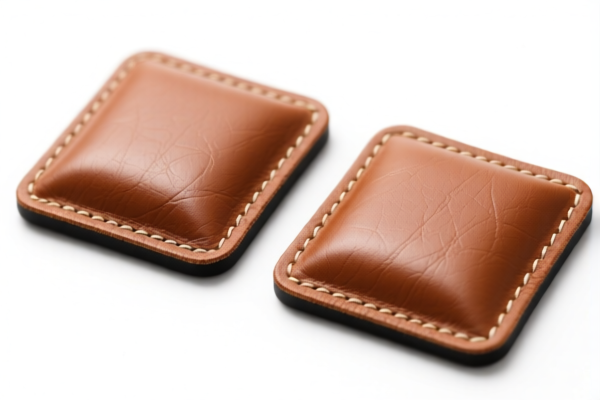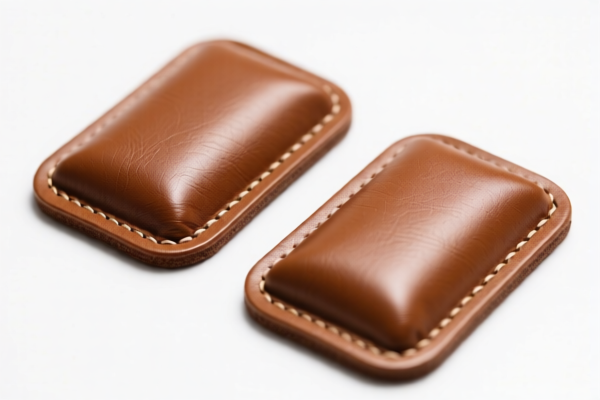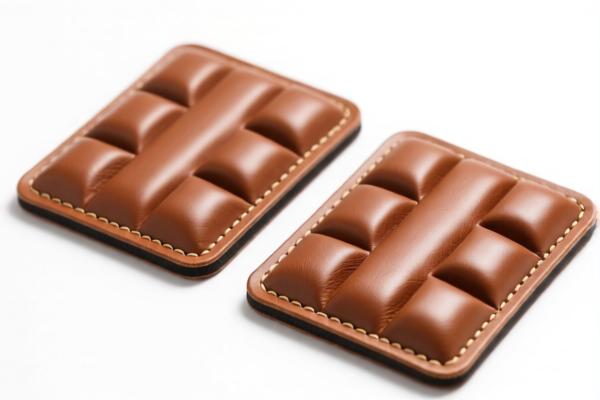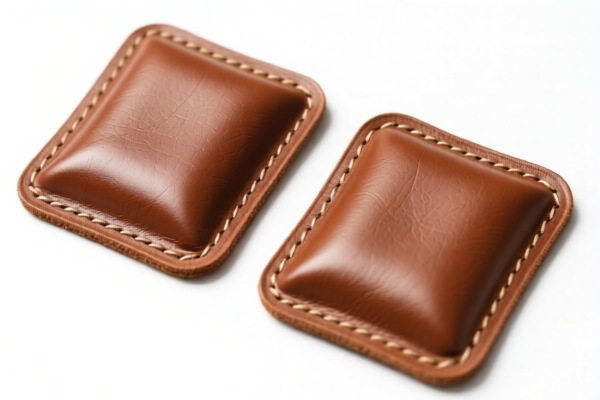| HS Code | Official Doc | Tariff Rate | Origin | Destination | Effective Date |
|---|---|---|---|---|---|
| 5601290090 | Doc | 59.0% | CN | US | 2025-05-12 |
| 5601290010 | Doc | 59.0% | CN | US | 2025-05-12 |
| 5609004000 | Doc | 58.9% | CN | US | 2025-05-12 |
| 5609001000 | Doc | 57.9% | CN | US | 2025-05-12 |
| 5404900000 | Doc | 55.0% | CN | US | 2025-05-12 |
| 5404198080 | Doc | 61.9% | CN | US | 2025-05-12 |
| 6307909882 | Doc | 37.0% | CN | US | 2025-05-12 |
| 6307909884 | Doc | 37.0% | CN | US | 2025-05-12 |
| 6304996040 | Doc | 33.2% | CN | US | 2025-05-12 |
| 8304000000 | Doc | 33.9% | CN | US | 2025-05-12 |
| 9619007800 | Doc | 40.3% | CN | US | 2025-05-12 |
| 9619007900 | Doc | 37.3% | CN | US | 2025-05-12 |
| 3825900100 | Doc | 55.0% | CN | US | 2025-05-12 |
| 3824994140 | Doc | 59.6% | CN | US | 2025-05-12 |
| 6114909070 | Doc | 35.6% | CN | US | 2025-05-12 |
| 4818900080 | Doc | 37.5% | CN | US | 2025-05-12 |
| 4823908620 | Doc | 55.0% | CN | US | 2025-05-12 |
| 4823907000 | Doc | 55.0% | CN | US | 2025-05-12 |




Sweat Absorbing Pad
A sweat absorbing pad is a thin, absorbent material designed to collect perspiration, typically worn inside clothing to manage excessive sweating and prevent visible wetness.
Material:
- Cellulose: A common base material, often wood pulp, providing absorbency.
- Super Absorbent Polymer (SAP): Frequently incorporated to increase absorption capacity and retain moisture as a gel.
- Non-woven Fabrics: Used as a top and/or backing layer for comfort, distribution, and adhesion. Common examples include polypropylene or polyester.
- Adhesive: A skin-safe adhesive secures the pad to clothing and/or skin. Different adhesives cater to varying skin sensitivities.
- Activated Charcoal: Some pads include activated charcoal for odor control.
- Cotton: Used in some pads for added comfort and breathability.
Purpose:
The primary purpose is to control hyperhidrosis (excessive sweating) and its associated discomfort and social implications. They prevent visible sweat marks on clothing, reducing embarrassment and improving confidence. They also help maintain hygiene by absorbing sweat before it saturates clothing.
Function:
Sweat absorbing pads function by drawing moisture away from the skin and locking it within the absorbent core. The adhesive backing keeps the pad in place, while the outer layers provide a comfortable barrier and distribute the sweat evenly. Some pads offer features like odor control and antimicrobial properties.
Usage Scenarios:
- Underarm Pads: The most common type, worn inside shirts to prevent underarm sweat stains and odor.
- Foot Pads: Inserted into shoes to absorb foot sweat, reducing odor and preventing slippage.
- Forehead Pads: Used to absorb sweat during physical activity or in hot weather.
- General Clothing Pads: Can be applied to other areas of clothing prone to sweating, such as the back or groin.
- Medical Use: Individuals with medical conditions causing excessive sweating may use pads to manage symptoms.
- Athletic Activity: Used by athletes to maintain comfort and prevent distraction from sweat.
- Formal Wear: Used with dress shirts or suits to prevent visible sweat marks during important events.
Common Types:
- Disposable Pads: Single-use pads, typically made of cellulose and SAP, offering high absorbency and convenience.
- Reusable Pads: Made of washable fabrics like cotton or bamboo, often with a waterproof backing. These are more environmentally friendly but require cleaning after each use.
- Underarm Shields: Larger pads designed to cover a wider area of the underarm, providing more protection.
- Adhesive vs. Non-Adhesive: Adhesive pads stick directly to clothing or skin, while non-adhesive pads are held in place by the clothing itself.
- Shaped Pads: Contoured to fit specific body areas for improved comfort and effectiveness.
- Odor Control Pads: Contain activated charcoal or other odor-neutralizing agents.
- Antimicrobial Pads: Treated with antimicrobial agents to prevent bacterial growth and reduce odor.
Based on the provided reference material, the following HS codes may be relevant to “sweat absorbing pad”:
- 9619007800: Sanitary pads (towels) and tampons, diapers (napkins), diaper liners and similar articles, of any material: Other, of textile materials: Other: Menʼs or boysʼ. This code covers articles similar to sanitary pads, specifically designed for men or boys, and made of textile materials. The total tax rate is 40.3% (基础关税: 2.8%, 加征关税: 7.5%, 2025.4.2后加征关税: 30.0%).
- 9619007900: Sanitary pads (towels) and tampons, diapers (napkins), diaper liners and similar articles, of any material: Other, of textile materials: Other: Womenʼs or girlsʼ. This code covers articles similar to sanitary pads, specifically designed for women or girls, and made of textile materials. The total tax rate is 37.3% (基础关税: 7.3%, 加征关税: 0.0%, 2025.4.2后加征关税: 30.0%).
- 4818900080: Toilet paper and similar paper, cellulose wadding or webs of cellulose fibers, of a kind used for household or sanitary purposes, in rolls of a width not exceeding
36 cm , or cut to size or shape; handkerchiefs, cleansing tissues, towels, tablecloths, table napkins, bed sheets and similar household, sanitary or hospital articles, articles of apparel and clothing accessories, of paper pulp, paper, cellulose wadding or webs of cellulose fibers: Other Other. This code covers various household, sanitary, or hospital articles made of paper pulp, paper, or cellulose wadding. The total tax rate is 37.5% (基础关税: 0.0%, 加征关税: 7.5%, 2025.4.2后加征关税: 30.0%).
Regarding HS code 9619007800 and 9619007900, the classification depends on whether the sweat absorbing pad is designed for men/boys or women/girls.
Regarding HS code 4818900080, if the sweat absorbing pad is made of paper pulp, paper, or cellulose wadding, this code may be applicable.
Customer Reviews
No reviews yet.